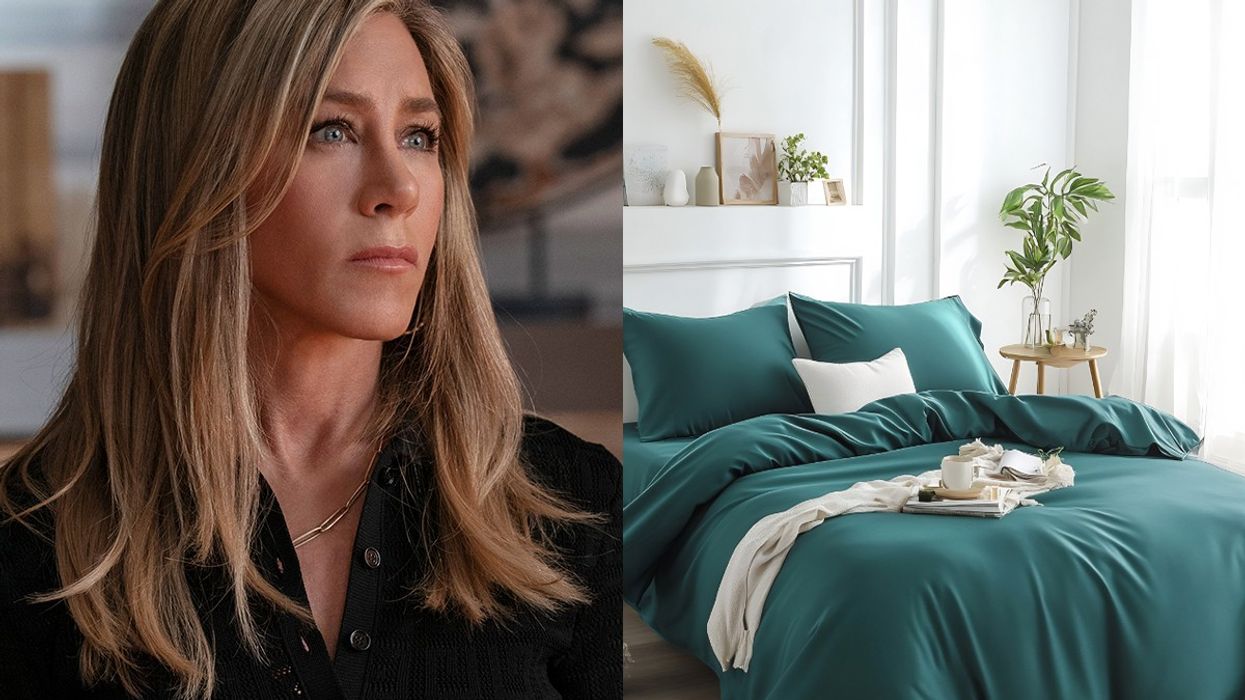So you want to get a prefab1. Find a site and establish construction feasibility-before buying it, obviously. Prefab companies will gladly advise you at this early stage at no cost.2. Buy your land.3. Pick a home you like. You should also start thinking about customization and installation choices-getting an idea of what you'll want to order once you have the financials sorted out.4. Secure your financing. Most companies can recommend lenders who are familiar with prefab financing, though it is always a good idea to do your own research.5. Sign a contract, make a deposit and finalize the design-but be careful. Once the designs go to the factory, there's no changing your mind.6. Figure out permits. With modular prefabs, a lot of the permitting is handled by the prefab company. You will still need to work out site-related permitting (as you would with the construction of a regular house) with the city or town you live in.7. While they're building your house in the factory, you, your contractor, or the prefab company do the site work and preparation for the delivery of your house.8. Your home is delivered. Craning the modules into place only takes a day or two.9. The buttoning up process begins: You'll hook up your utilities, seal the joints where the modules meet, touch up any materials that may have loosened in transit, and so on. The prefab company will help you with this. It can take up to a few months.10. Move in.Getting a bank loanWhen it comes to getting a loan for any prefab, as long as it's not on wheels, there is no difference between it and a regular house. Charles Vides, a lender at Wells Fargo, says: "Most prefabricated homes are single-family dwellings, similar in appearance and characteristics of a site-built home. They must meet local zoning and building codes, and are permanently affixed to a foundation." Because of that, guidelines for loans, terms, and pricing are the same as a typical site-built house.Where financing can get trickyA construction loan-necessary to build a prefab-tends to be more complicated than basic financing. With these you need to "prove" to the lender that your plans are legitimate, and unless you have a big chunk of money up front, you'll require a "draw loan" from a lender. Working with an established firm can make this part of the process far easier. One way to do it, says Todd Jerry of Marmol Radziner, is to "build the prefab portion of the payment as an early item in the budget." But not all banks will do this type of loan: while lender Charles Vides concedes they are out there, it's not standard at Wells Fargo, where they only offer financing once the house is delivered.Can you flip it?In theory, sure. After it's been assembled, your house is indeed a house, and its worth will increase (or, these days, decrease) just like one. Another bonus? "Once it's attached, you're not actually required to reveal that it was built in a factory," says Paul Warner, co-founder of the Michelle Kauffman prefab firm.Kit Houses: An Affordable OptionRocio Romero, of the eponymous kit-home firm, used the home she designed for her parents as the blueprint for her increasingly popular LV kit house series. These modern bungalows can be built pretty much anywhere. They are pre-made, shipped in boxes, and assembled on site by a general contractor (or by you, if you fancy yourself a construction pro). Best of all, they're affordable. Romero is that rare breed of architects who believes good design doesn't have to cost an arm and a leg. "I'm hands down the most affordable," she says, explaining that the final cost depends on what the client wants to spend on customization. Prices range from $25,000 to $50,000. The series is also designed in such a way that one could start small, but add square-footage later.Already popular, Romero believes we'll only see the trend grow. Because of the housing crisis, as well as other cultural and environmental shifts, she adds: "The pendulum is swinging back right now. It's important to live within your means. And I think people are realizing that you need quality space, not a lot of space."
Search
Latest Stories
Start your day right!
Get latest updates and insights delivered to your inbox.
We have a small favor to ask of you
Facebook is critical to our success and we could use your help. It will only take a few clicks on your device. But it would mean the world to us.
Here’s the link . Once there, hit the Follow button. Hit the Follow button again and choose Favorites. That’s it!
The Latest
Most Popular
Sign Up for
The Daily GOOD!
Get our free newsletter delivered to your inbox
















 Otis knew before they did.
Otis knew before they did.